Detailed Report: Consequences of Identity Theft in Cyber Security
VerifiedAdded on 2021/06/17
|11
|804
|54
Report
AI Summary
This report explores the multifaceted consequences of identity theft within the realm of cyber security. It begins by defining cybercrime and cyber security, highlighting the involvement of viruses, malware, and hackers. The report then delves into the types of fraud, including identity theft, fraudulent emails, and phishing, with a specific focus on identity theft. It explains different types of identity theft such as true name identity and account takeover identity, and discusses the techniques employed by identity thieves, including dumpster diving, shoulder surfing, phishing, and spam emails. Furthermore, it explores the recovery process for identity theft victims and the role of organizations like the Federal Trade Commission. The core of the report examines the consequences of identity theft, encompassing financial problems, credit issues, benefit losses, and legal problems. The report concludes with prevention methods, such as regularly checking credit balances and being vigilant about billing cycles, to mitigate the risks of identity theft. The report provides references to support the findings and analysis.
1 out of 11
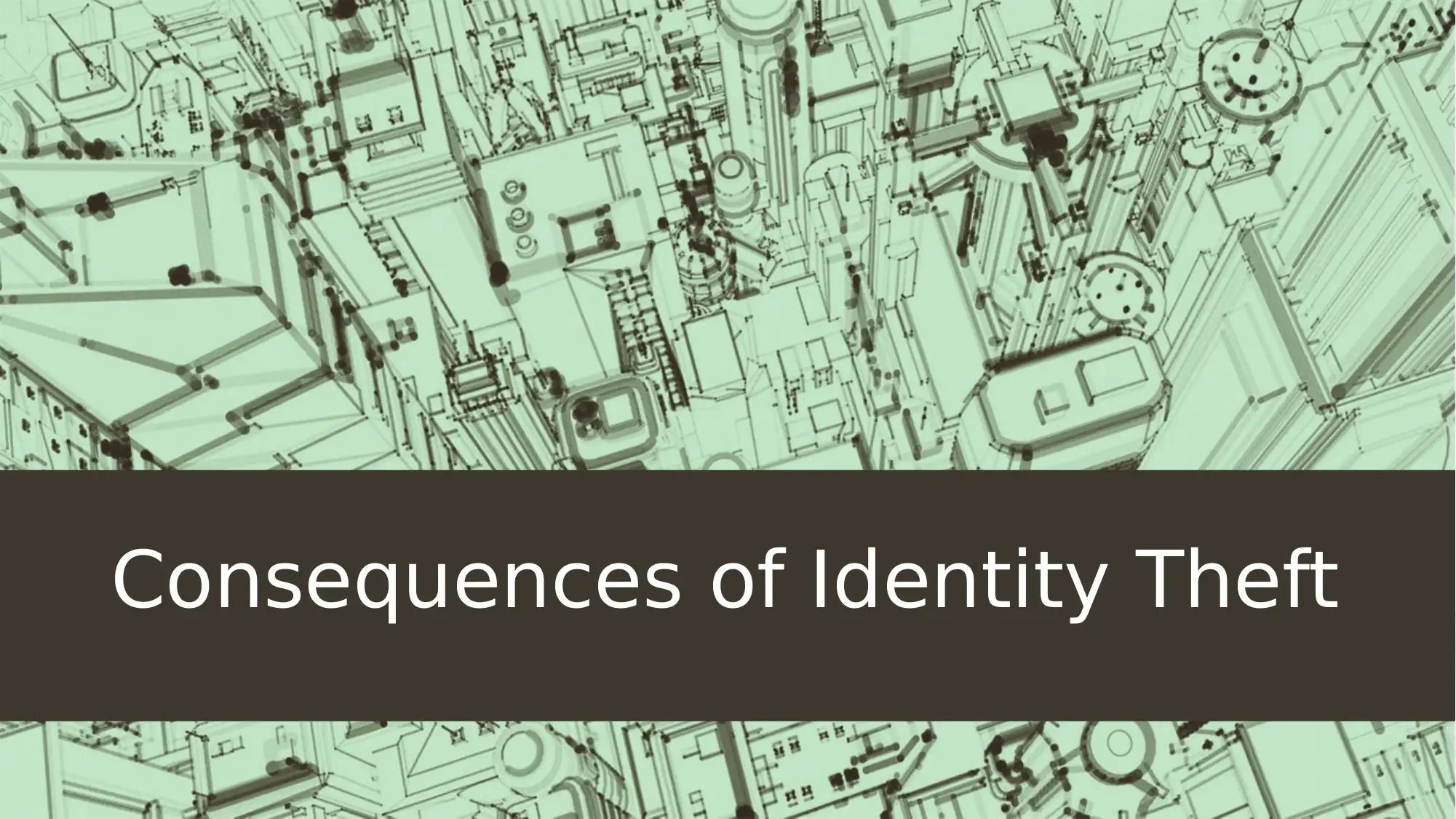
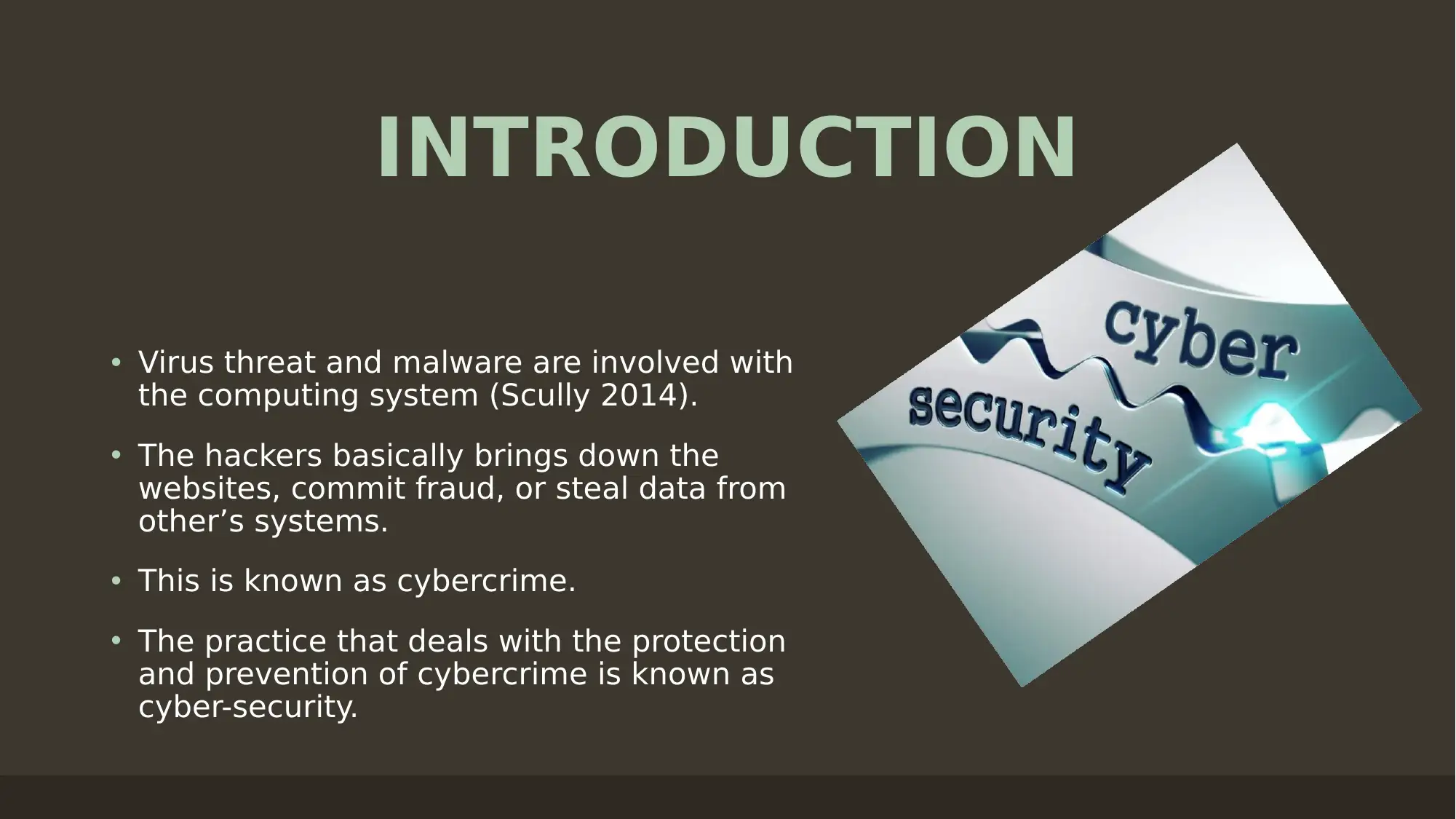
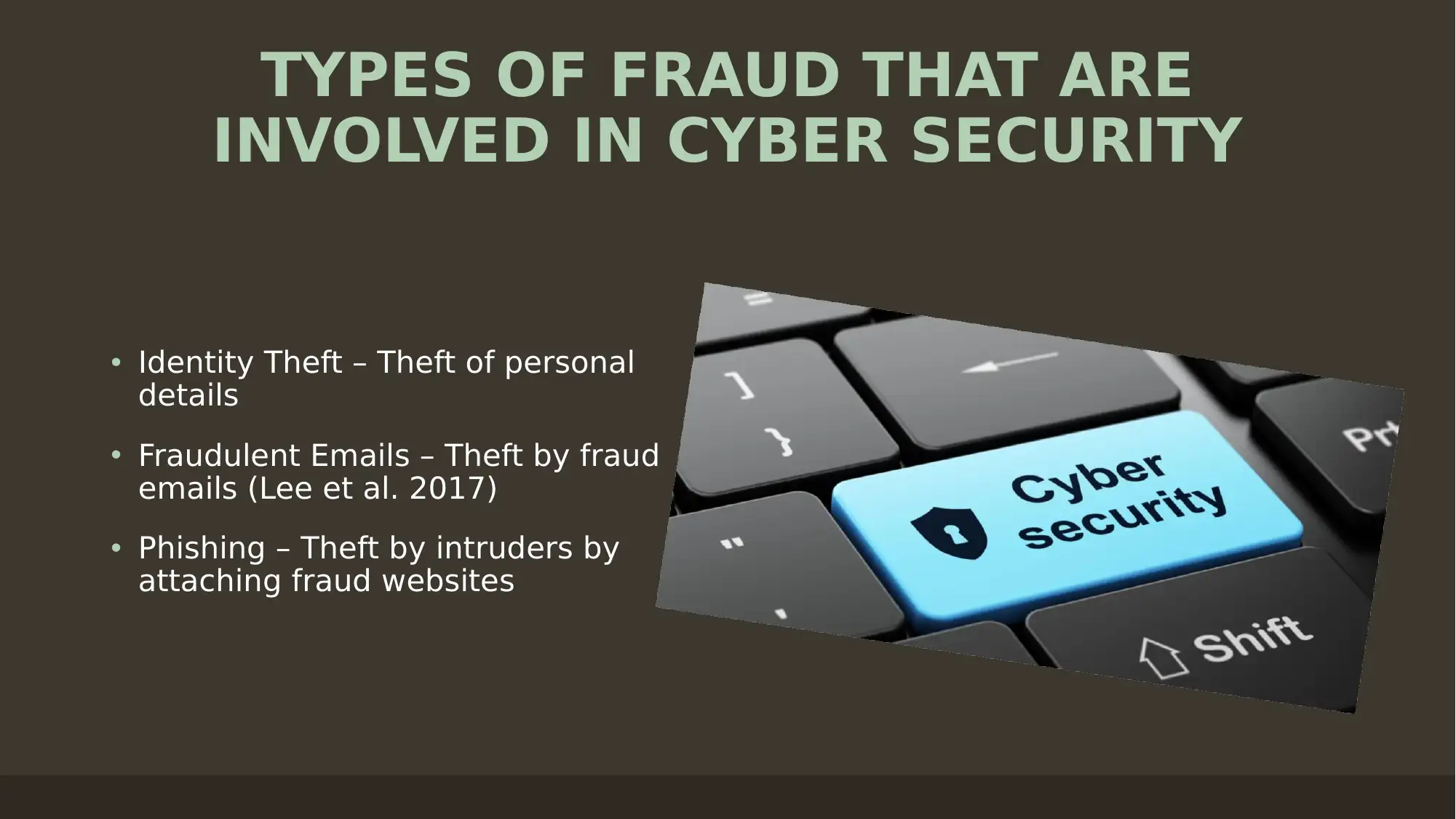

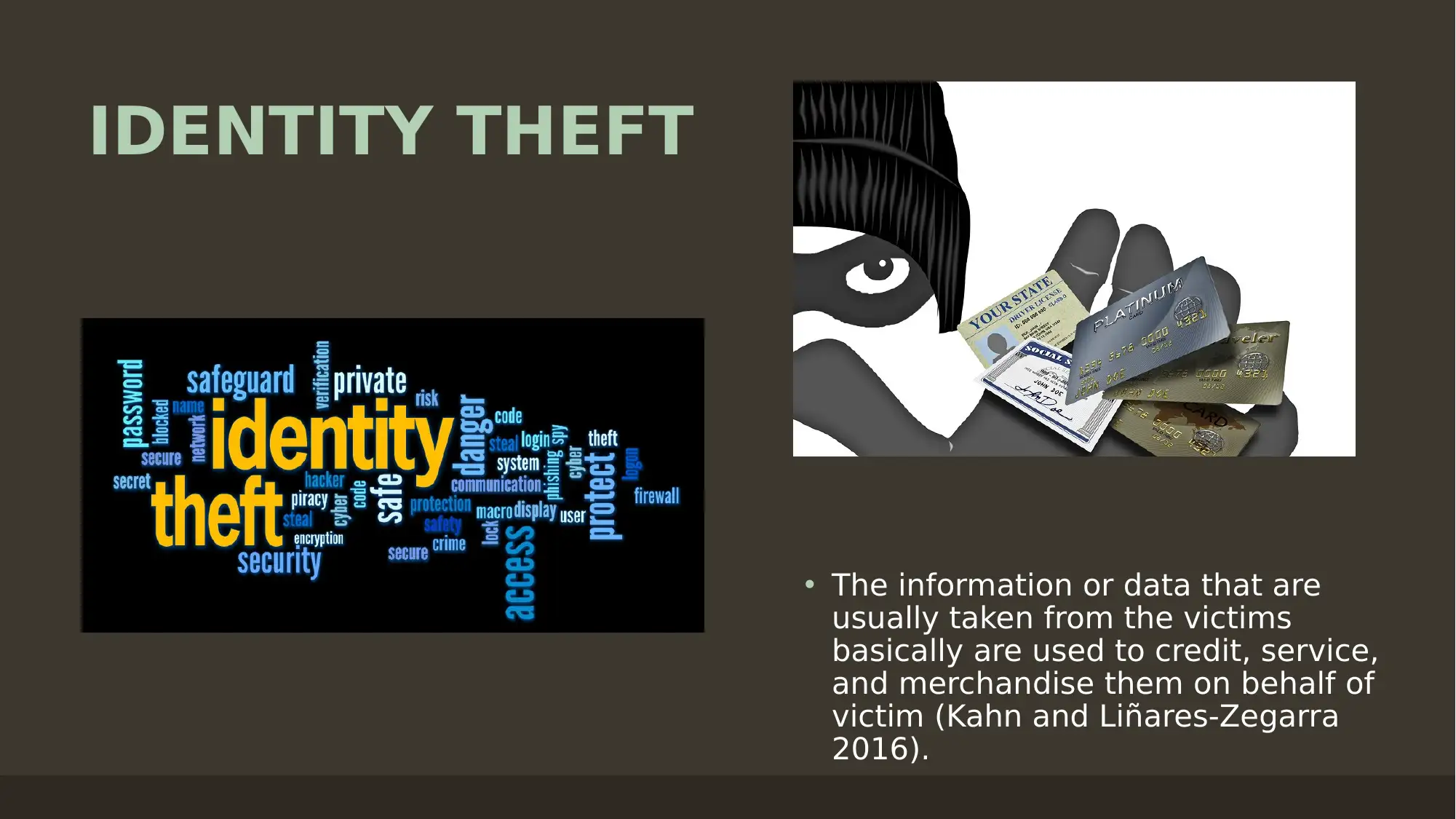
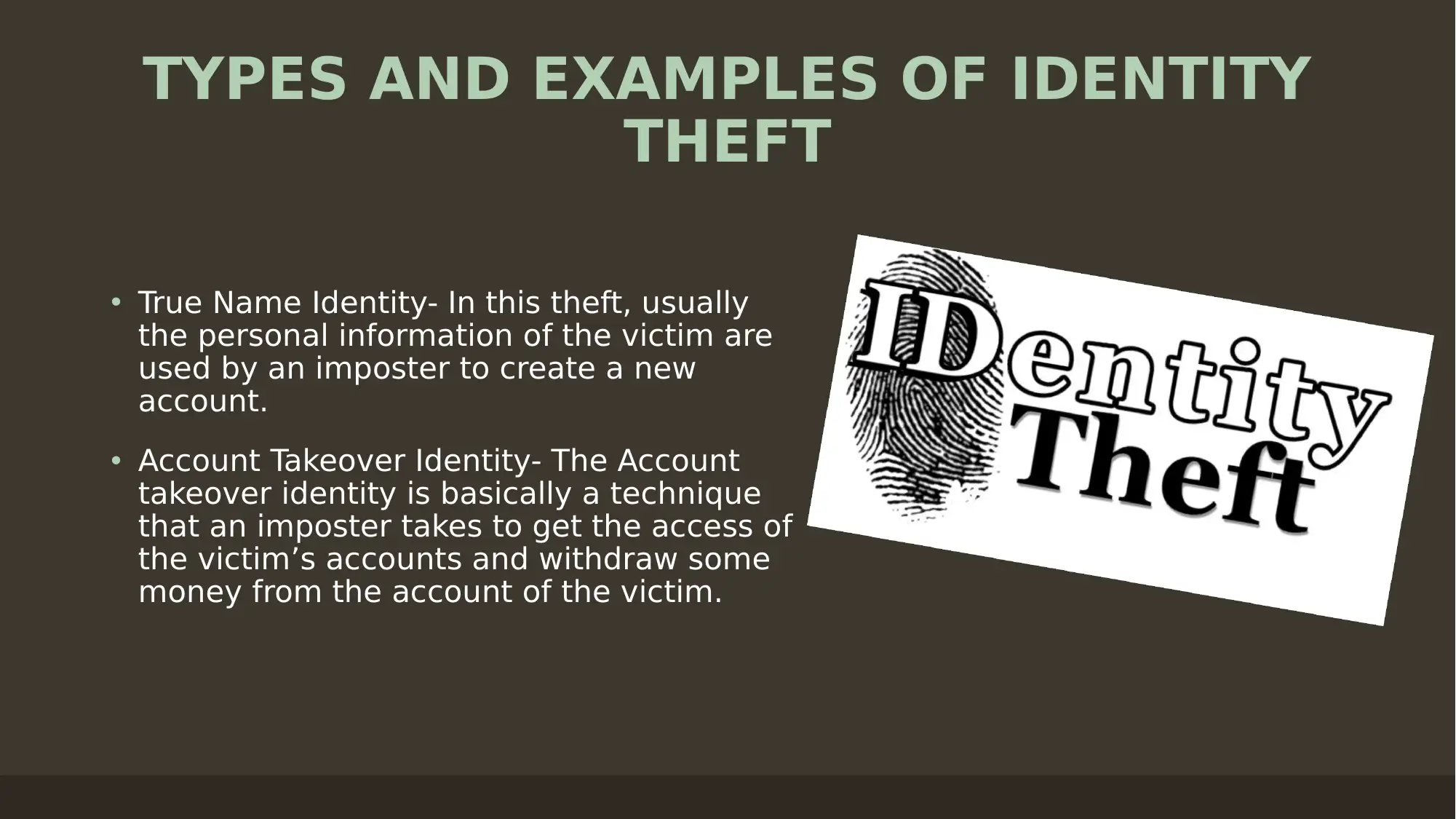
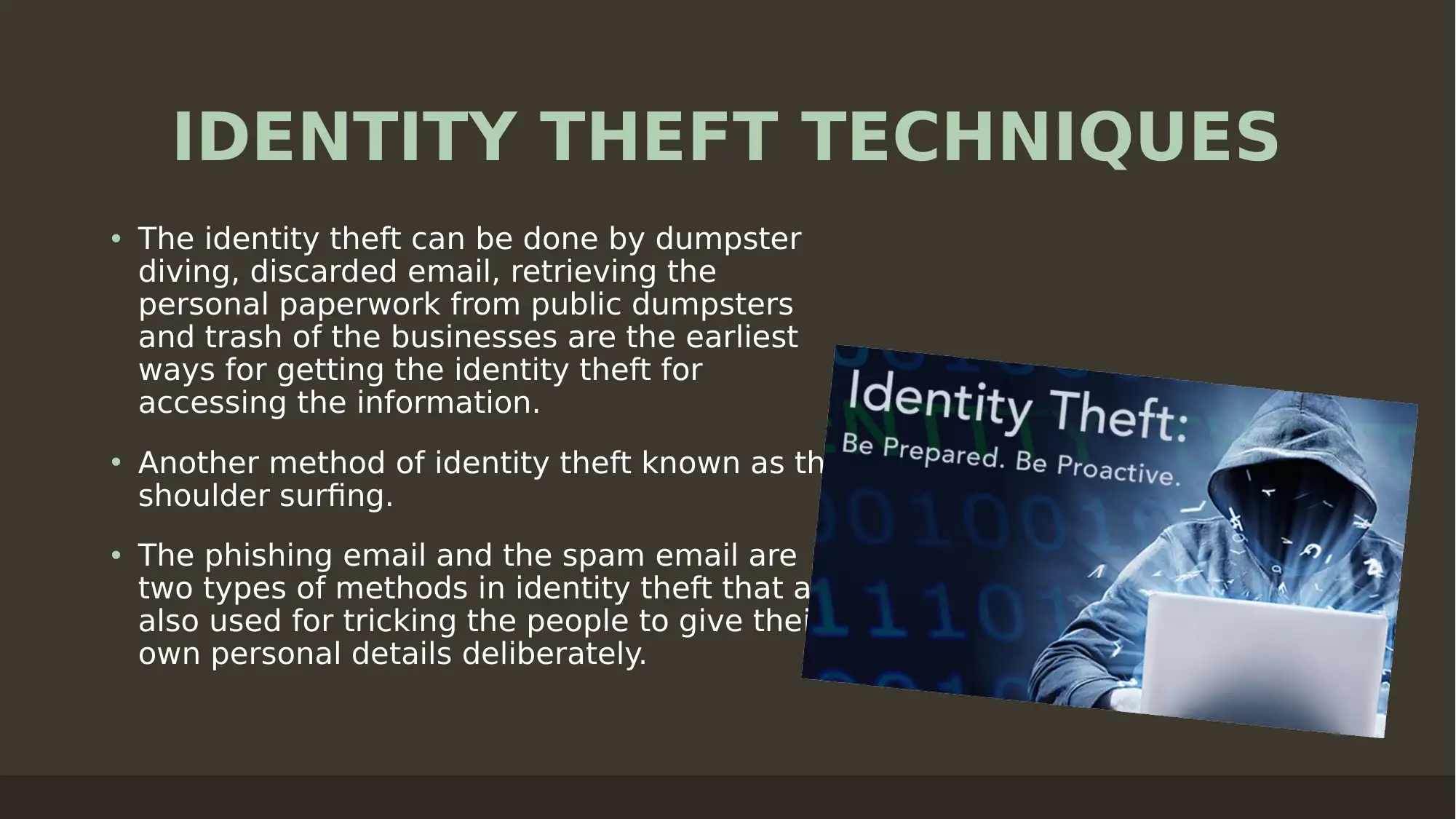
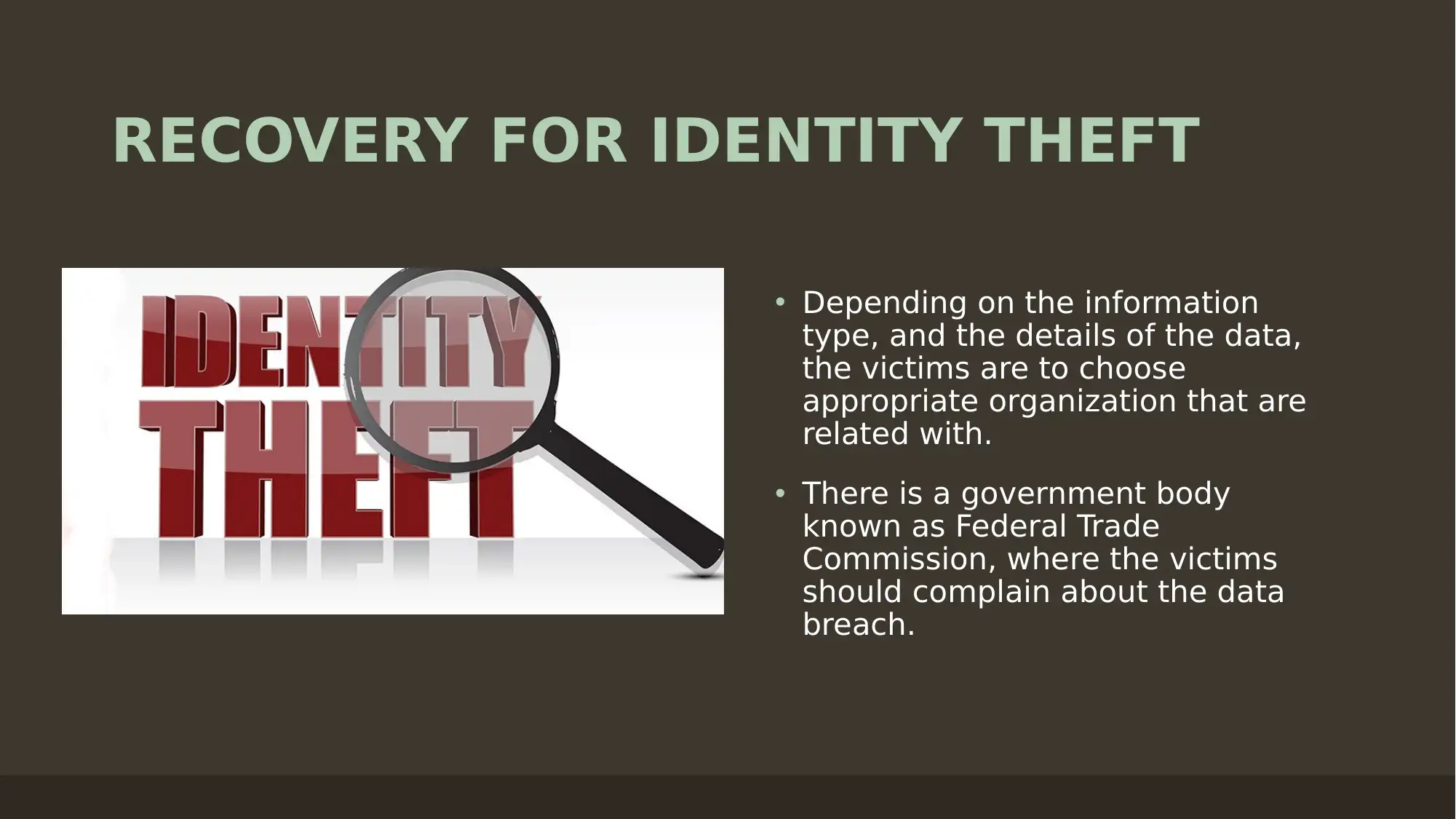
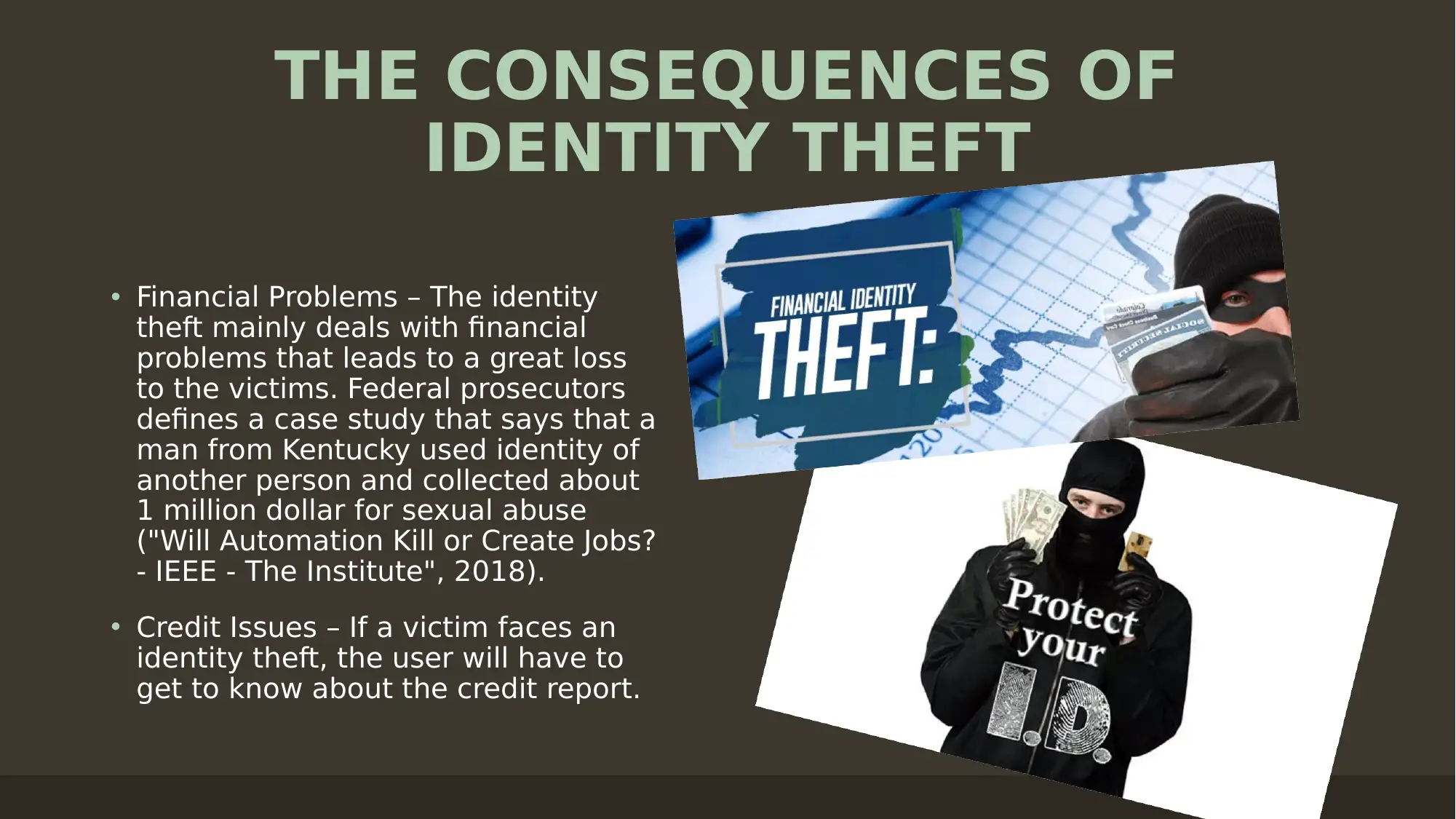
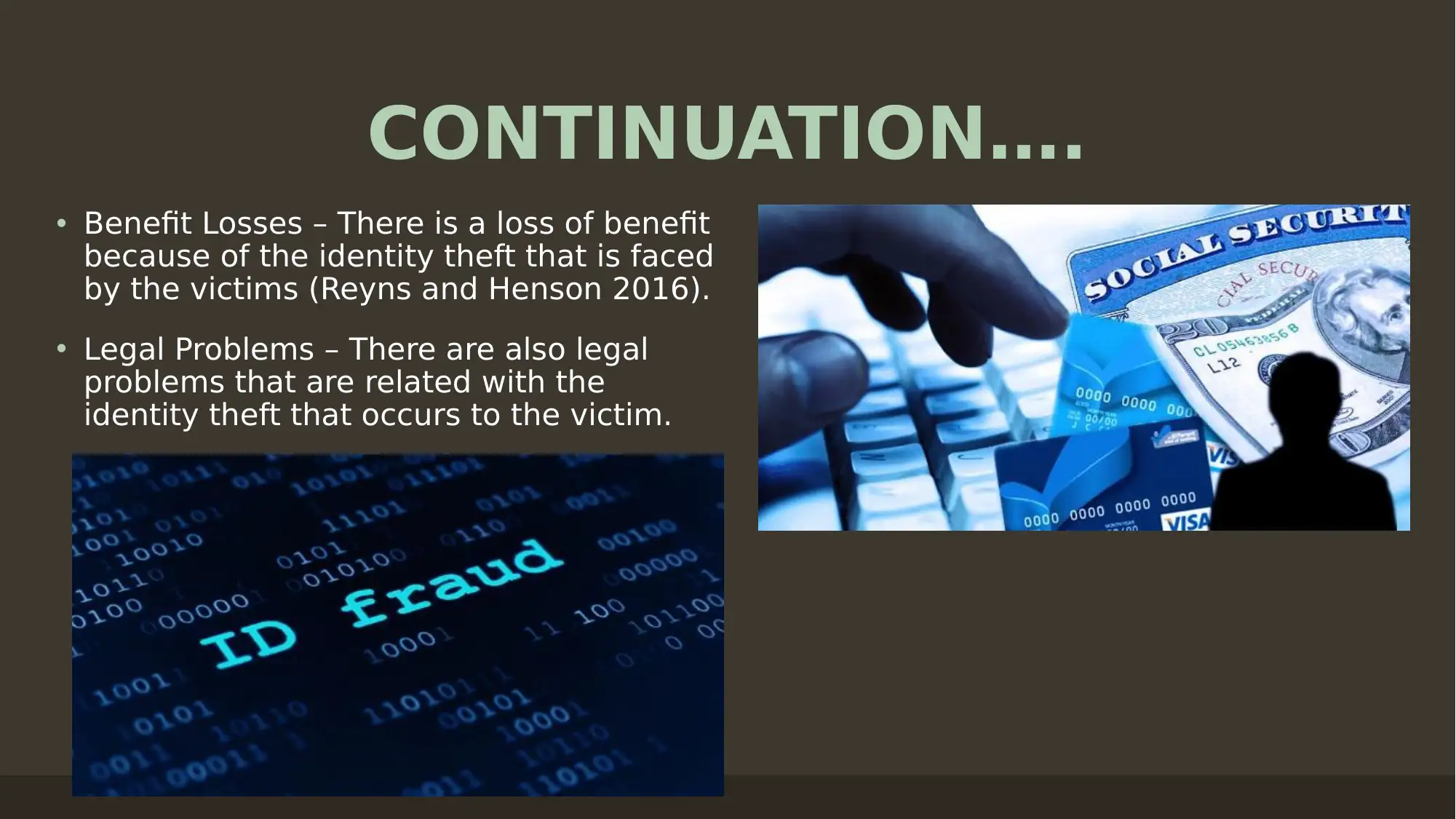
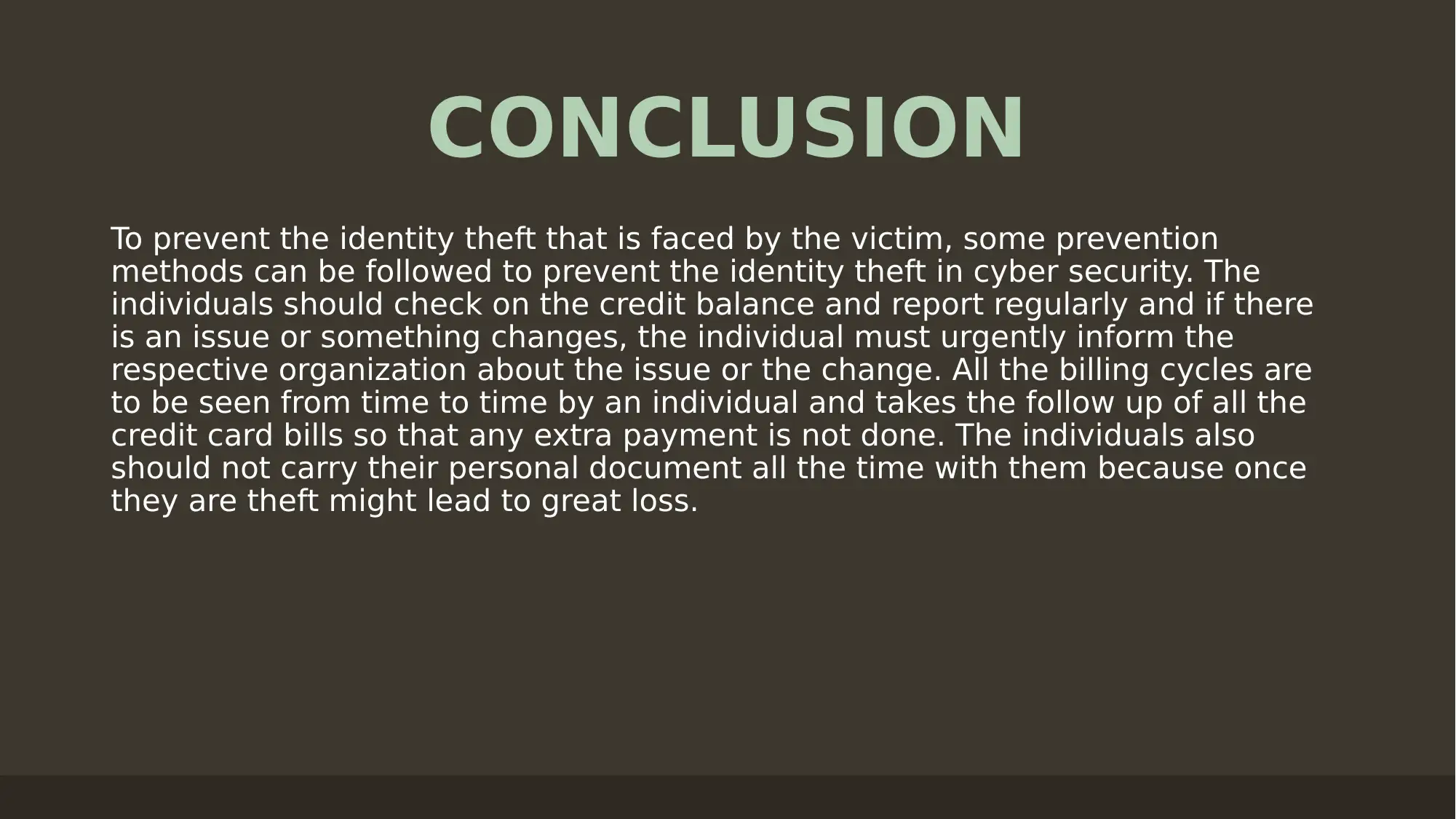
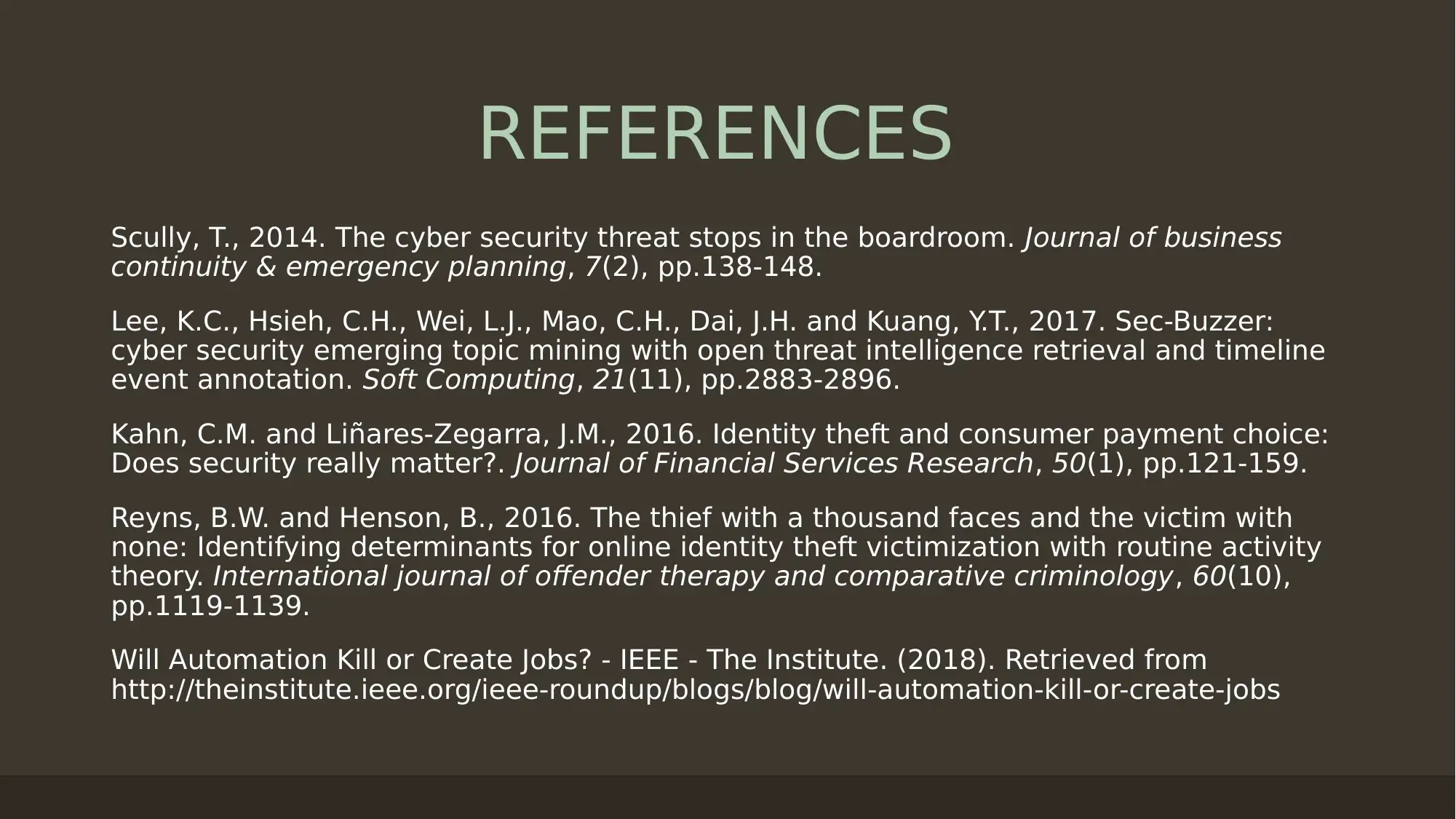






![[object Object]](/_next/static/media/star-bottom.7253800d.svg)